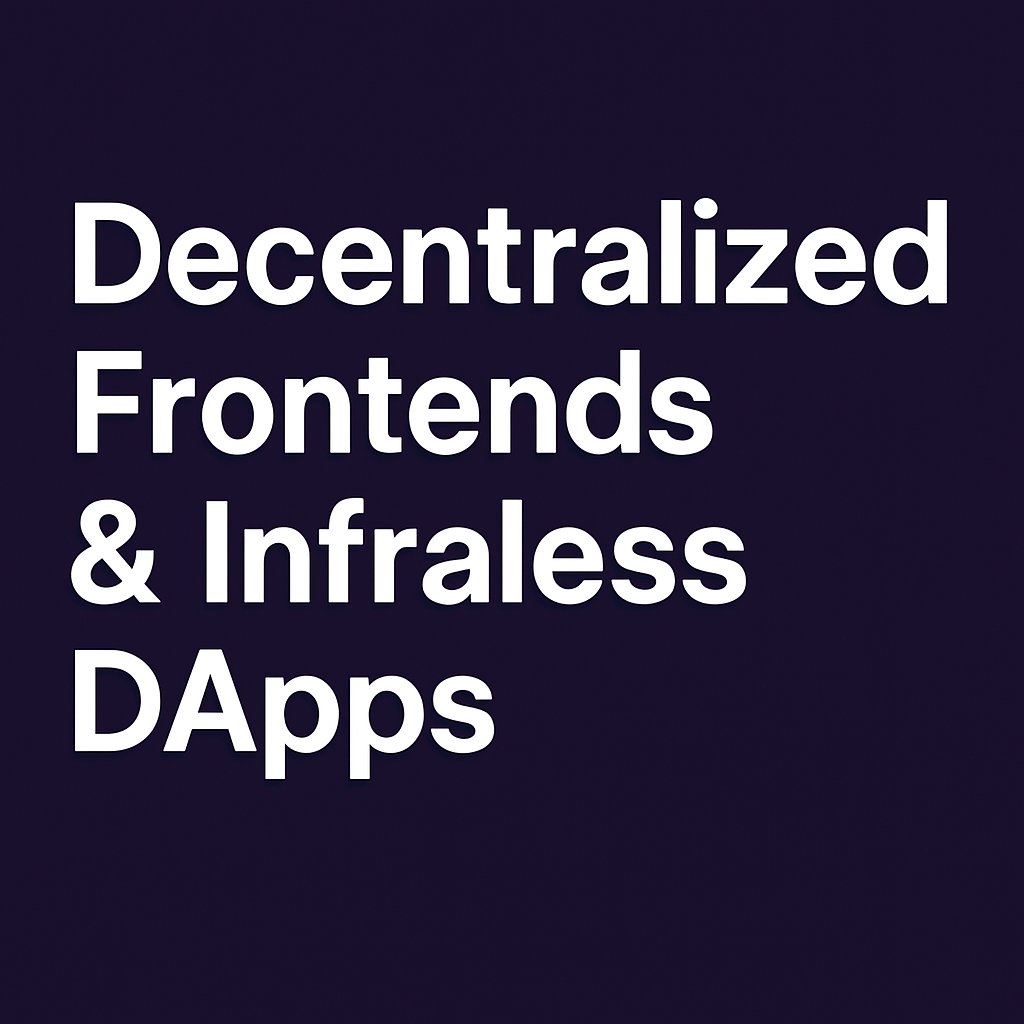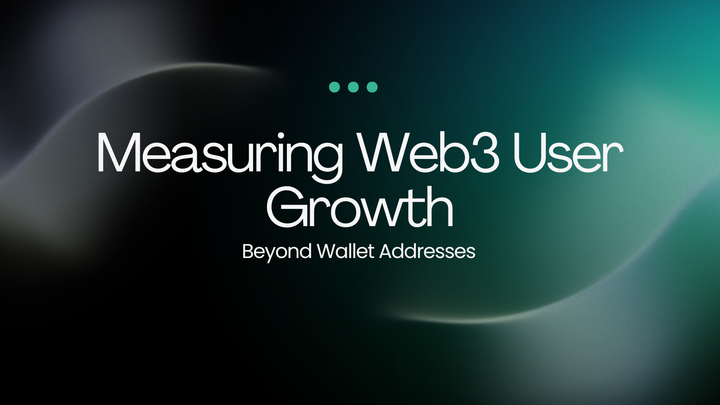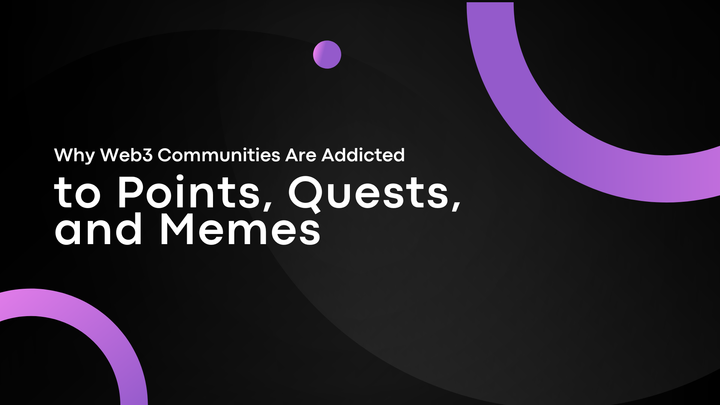Decentralized Frontends & Infraless DApps: The Future of Web3

In the Web3 world, we often hear about decentralizing blockchains and protocols. But what about the websites and apps we use to interact with them?
Many “decentralized” apps (dApps) still rely on centralized frontends—that means the website or interface can be shut down or censored, even if the smart contracts run on the blockchain.
Let’s explore how decentralized frontends and infraless dApps are solving this problem.
What's the Problem?
Imagine a DeFi protocol runs on a blockchain like Ethereum. That part is decentralized. But you access it through a website hosted on a server (like AWS or Google Cloud).
If someone takes that server down—or blocks your country—you can’t use the app anymore. This is centralization at the frontend.
What's a Decentralized Frontend?
A decentralized frontend means the website or app interface is also hosted in a decentralized way. It’s stored on networks like:
- IPFS (InterPlanetary File System) – stores files across many computers, not one server.
- Arweave – a permanent storage network.
- Skynet or Fleek – tools to build and host decentralized websites.
This means the dApp’s website can’t be easily taken down or censored. Anyone with the link can access it anytime.
What Are Infraless DApps?
Infraless dApps go one step further. They are designed to not rely on any central infrastructure at all—not even a backend API or server.
- The frontend is hosted on IPFS or Arweave.
- The blockchain handles all the logic.
- Users connect their wallets and interact directly with smart contracts.
- No login, no databases, no middlemen.
These dApps are unstoppable. Even if a company disappears, the app can still be used by anyone with the right link and a crypto wallet.
Examples
- ENS (Ethereum Name Service): You can access it through a decentralized frontend on IPFS.
- Uniswap: Their interface has been mirrored on IPFS and Arweave to prevent censorship.
- Zora: A decentralized protocol for NFTs, designed to be infra-light.
Some projects even let you run the frontend directly from your browser or local computer—no internet hosting needed.
Why It Matters
- Censorship resistance: No one can block access.
- True ownership: The community can run, fork, or host the app.
- Better for global users: People in restricted regions can still use DeFi, NFTs, and Web3 tools.
Challenges
- Harder to update or fix bugs quickly.
- Slower loading speeds than centralized servers.
- Requires some technical knowledge to host or use.
But as tools improve, these issues are getting easier to solve.
Final Thoughts
Decentralized frontends and infraless dApps help Web3 stay open, fair, and unstoppable. They bring us closer to the true spirit of decentralization—not just in code, but in access.
In the future, using a dApp might mean opening a link from IPFS, connecting your wallet, and diving in—no middleman required.



Comments ()